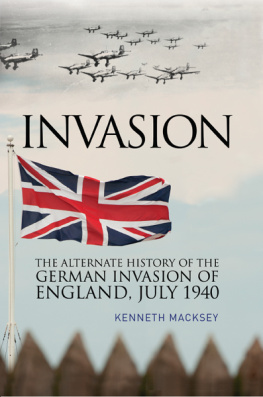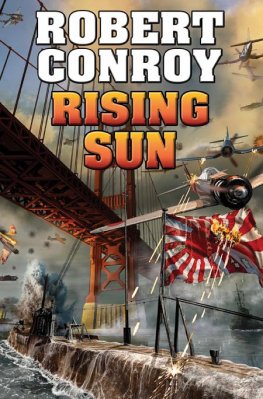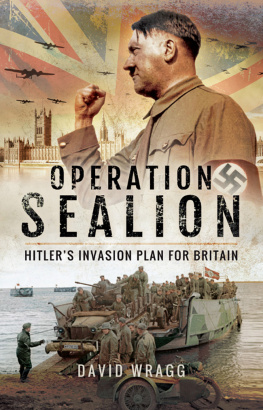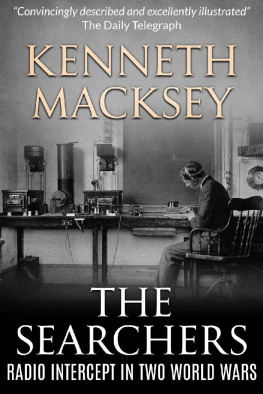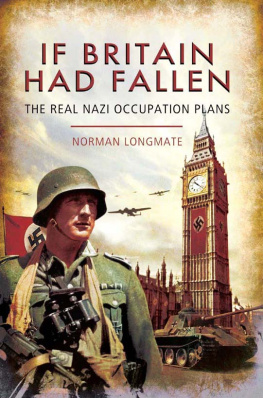Macksey - Invasion
Here you can read online Macksey - Invasion full text of the book (entire story) in english for free. Download pdf and epub, get meaning, cover and reviews about this ebook. City: Great Britain, year: 2015, publisher: Frontline Books, genre: History. Description of the work, (preface) as well as reviews are available. Best literature library LitArk.com created for fans of good reading and offers a wide selection of genres:
Romance novel
Science fiction
Adventure
Detective
Science
History
Home and family
Prose
Art
Politics
Computer
Non-fiction
Religion
Business
Children
Humor
Choose a favorite category and find really read worthwhile books. Enjoy immersion in the world of imagination, feel the emotions of the characters or learn something new for yourself, make an fascinating discovery.
Invasion: summary, description and annotation
We offer to read an annotation, description, summary or preface (depends on what the author of the book "Invasion" wrote himself). If you haven't found the necessary information about the book — write in the comments, we will try to find it.
Invasion — read online for free the complete book (whole text) full work
Below is the text of the book, divided by pages. System saving the place of the last page read, allows you to conveniently read the book "Invasion" online for free, without having to search again every time where you left off. Put a bookmark, and you can go to the page where you finished reading at any time.
Font size:
Interval:
Bookmark:
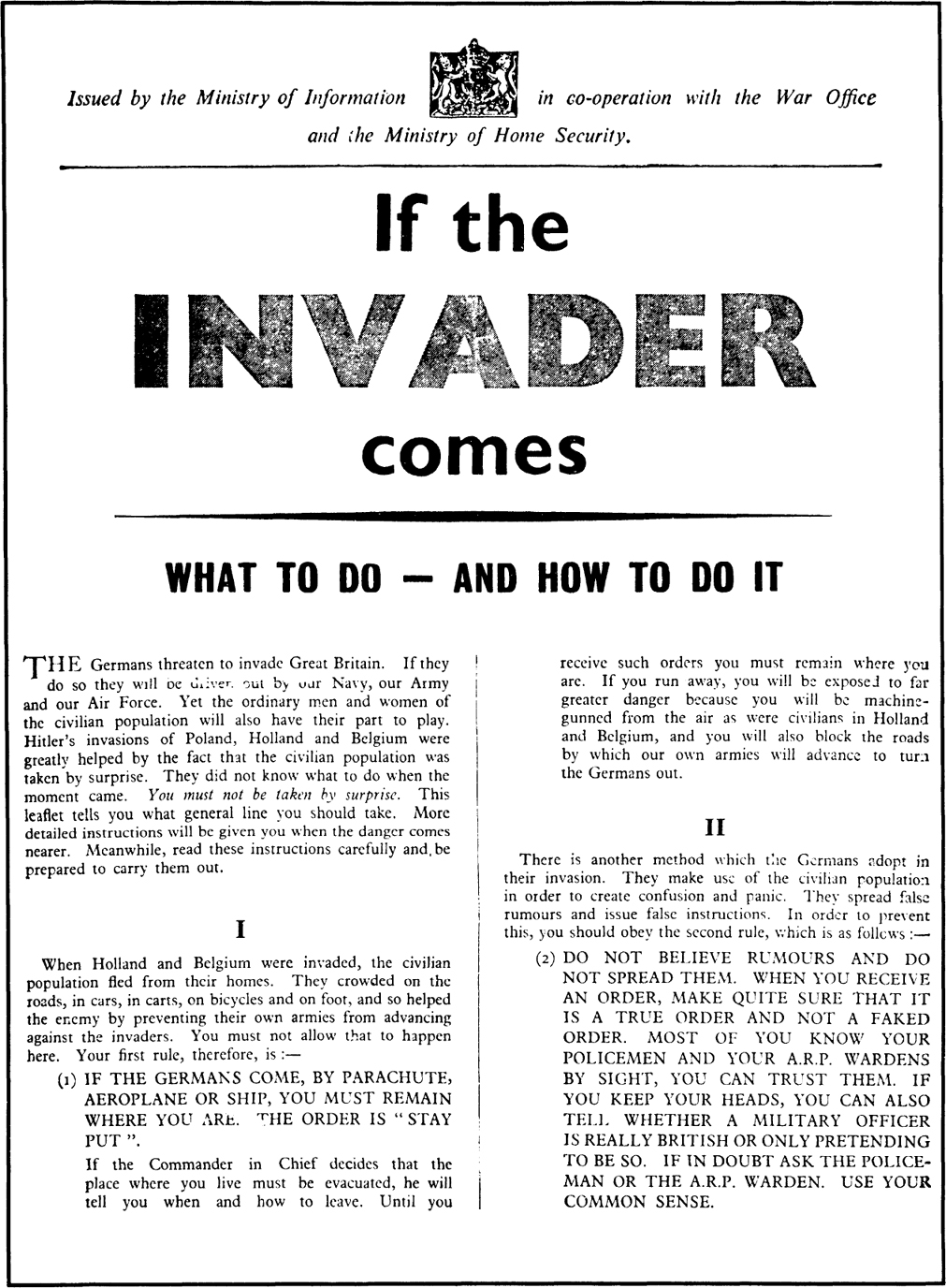

Invasion

A Greenhill Book
Greenhill Books, Lionel Leventhal Limited
www.greenhillbooks.com
This paperback edition published in 2015 by Frontline Books

an imprint of Pen & Sword Books Ltd,
47 Church Street, Barnsley, S. Yorkshire, S70 2AS
For more information on our books, please visit
or write to us at the above address.
Copyright Kenneth Macksey, 1980
The right of Kenneth Macksey to be identified as the author of this work has been asserted by him in accordance with the Copyright, Designs and Patents Act 1988.
ISBN: 978-1-84832-785-6
PDF ISBN: 978-1-47387-762-7
EPUB ISBN: 978-1-47387-761-0
PRC ISBN: 978-1-47387-760-3
All rights reserved. No part of this publication may be reproduced, stored in or introduced into a retrieval system, or transmitted, in any form, or by any means (electronic, mechanical, photocopying, recording or otherwise) without the prior written permission of the publisher. Any person who does any unauthorized act in relation to this publication may be liable to criminal prosecution and civil claims for damages.
CIP data records for this title are available from the British Library
Publishing History
Invasion was first published in 1980 (Arms and Armour Press, London) and reprinted in 1990 and 1999 by Greenhill Books exactly as the original edition. This 2015 edition is published by Frontline Books, London.
Printed and bound by CPI Group (UK) Ltd, Croydon, CR0 4YY
CONTENTS
LIST OF MAPS
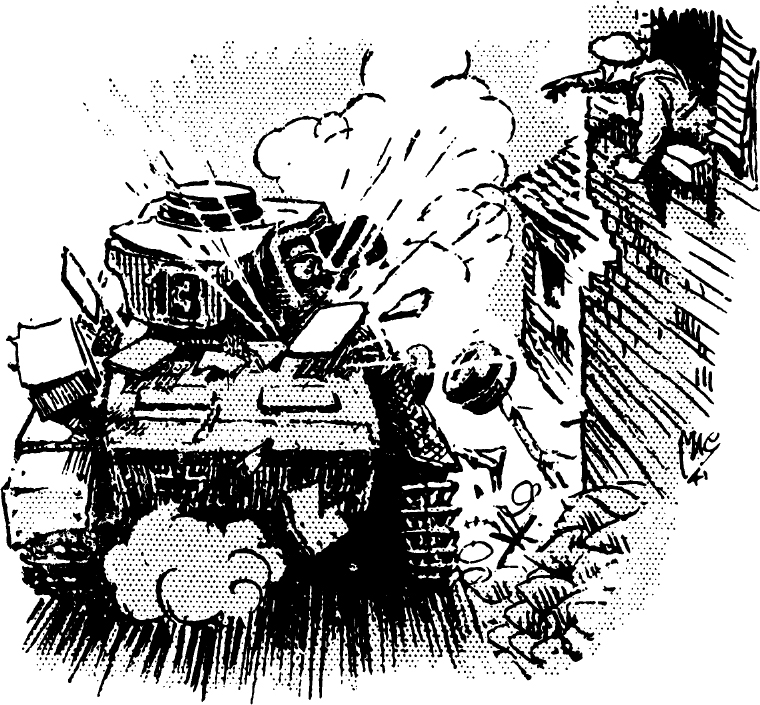
PREFACE
Books dealing with Operation Sealion the projected German invasion of Britain in 1940 tend to fall into two categories. There are those like Peter Flemings Operation Sea Lion (orginally published as Invasion 1940) and Walter Ansels Hitler confronts England which speculate with events as they unfolded, and explain why the invasion did not take place, as planned, in September. And there are those like Norman Longmates If Britain had Fallen which give rather cursory and unconvincing reasons for the success of the invasion in September, but chiefly postulate what might have transpired if success had been achieved by the Germans.
When writing the biography of Field Marshal Albert Kesselring, I became satisfied that, if he had had his way and the invasion had taken place soon after Dunkirk in mid July a most interesting situation would have arisen. Certainly the British Intelligence people thought that this was the most dangerous period, and there was an almost audible expression of relief in Government circles when July and then August passed without the threat materializing. In coming to the conclusion that a study would be worthwhile of what might have happened if Adolf Hitler had come to a decision sufficiently early to allow the invasion to occur in July, I thought it would be more realistic to write the story in the form of a campaign history, drawing upon as many real sources as possible and using the minimum of fiction.
I was greatly helped by the following institutions and people who provided source material and opinion: Public Record Office; Dover Public Reference Library; Folkestone Public Reference Library; Kent County Council Archives Office; Maidstone Museum; Kent Defence Research Group; Whitehall Library of the Ministry of Defence; The Hydrographic Department, Ministry of Defence; Imperial War Museum; Bundesarchiv, West Germany; Duke University; National Archives and Records Service, USA; Rear-Admiral T. W. Best; Major-General H. M. Liardet; Brigadier A. J. Trythall; Lieutenant-Commander H. M. May; Sir Oswald Mosley; Ronald Lewin Esq.; David Brown Esq.; R. S. Humphreys Esq.; Dr. D. Robinson, Ian Hogg Esq.; Herr Gnter Schomaekers. The following very kindly read drafts and offered invaluable criticism: Rear-Admiral T. W. Best, Lieutenant-Commander H. M. May and Lieutenant-Colonel W. F. Woodhouse, while Mrs M. Dunn typed the manuscript. All the above have my warmest gratitude for the help they gave and also for their encouragement.
Kenneth Macksey, 1980
I
A LION IS BORN
It is unlikely that anyone had a better panoramic view of the first stage of the German invasion of England than Feldwebel Rudolf Pabst. As a crew member of a Dornier 17P reconnaissance aircraft, he had taken off before first light on the day of the invasion to photograph British route centres and airfields in the sector east and south of London. The Dornier had crossed the coast near Ramsgate in daylight at a height of 12,000 feet, hoping to make use of scattered cloud cover if British fighters made an interception as bitter experience over the past few weeks led its crew to expect. The Hurricanes and Spitfires had made life perilous for the reconnaissance machines and losses had been serious. True there had been a considerable improvement in the situation since the major air offensive had begun a fortnight ago, but there was always the danger of an early morning enemy flight making an unwelcome appearance. Over Canterbury the cameras were started whenever gaps appeared in the clouds below, and Pabst felt increasingly confident that the greater part of the mission would be fulfilled without difficulty. They took pictures of Maidstone and set a course which would take them over West Mailing and the airfields of Kenley and Biggin Hill. The three members of the crew noticed that the scene below looked different from a couple of days ago, chiefly because there seemed to be rather a lot of smoke hanging about at the lower altitudes. Over Biggin Hill the rear gunner called urgently that hostile aircraft were closing from above three Spitfires probably and, yes, they seemed to be shaping to attack.
Immediately, the pilot dived for the clouds, with the Hurricanes (as they proved to be) hurtling down to cut him off. Just out of machine-gun range they reached safety, weaving aside and swinging south to put off the fighters, finally emerging at about 4,000 feet above East Grinstead. Wrote Pabst:
Our pilot decided to do what he had done before, that is fly home at tree-top level, crossing the coast somewhere to the west of Folkestone. I sat in the nose and therefore had my usual uninterrupted view of the ground as it flashed by. We careered over farms, woods and villages, skirting the larger towns as we endeavoured to avoid British anti-aircraft fire and airfields. I noticed that even the smaller country lanes had much traffic columns of cars, lorries and carts with people either gazing up or jumping into the ditches. These, for the most part, seemed to be civilians with hardly a sign of military vehicles, so I suppose they were refugees such as we had seen in France and Belgium before. Nearing the coast the signs of war became more evident. A number of places had fires burning and we were shot at on a couple of occasions. Also the rear gunner shouted more frequent warnings about enemy aircraft, although I think a number of those were our own. But it certainly came as a surprise when we overtook a Kette of Ju52 transports lumbering out to sea near Hythe and it was only then, in fact, that I realized we had flown into the heart of the invasion. For to our left there pillared the dust and smoke of battle, cloaking the foreshore and the cliffs, and ahead were ships and boats, convoys of them stretching back across the Channel towards France.
Next pageFont size:
Interval:
Bookmark:
Similar books «Invasion»
Look at similar books to Invasion. We have selected literature similar in name and meaning in the hope of providing readers with more options to find new, interesting, not yet read works.
Discussion, reviews of the book Invasion and just readers' own opinions. Leave your comments, write what you think about the work, its meaning or the main characters. Specify what exactly you liked and what you didn't like, and why you think so.

